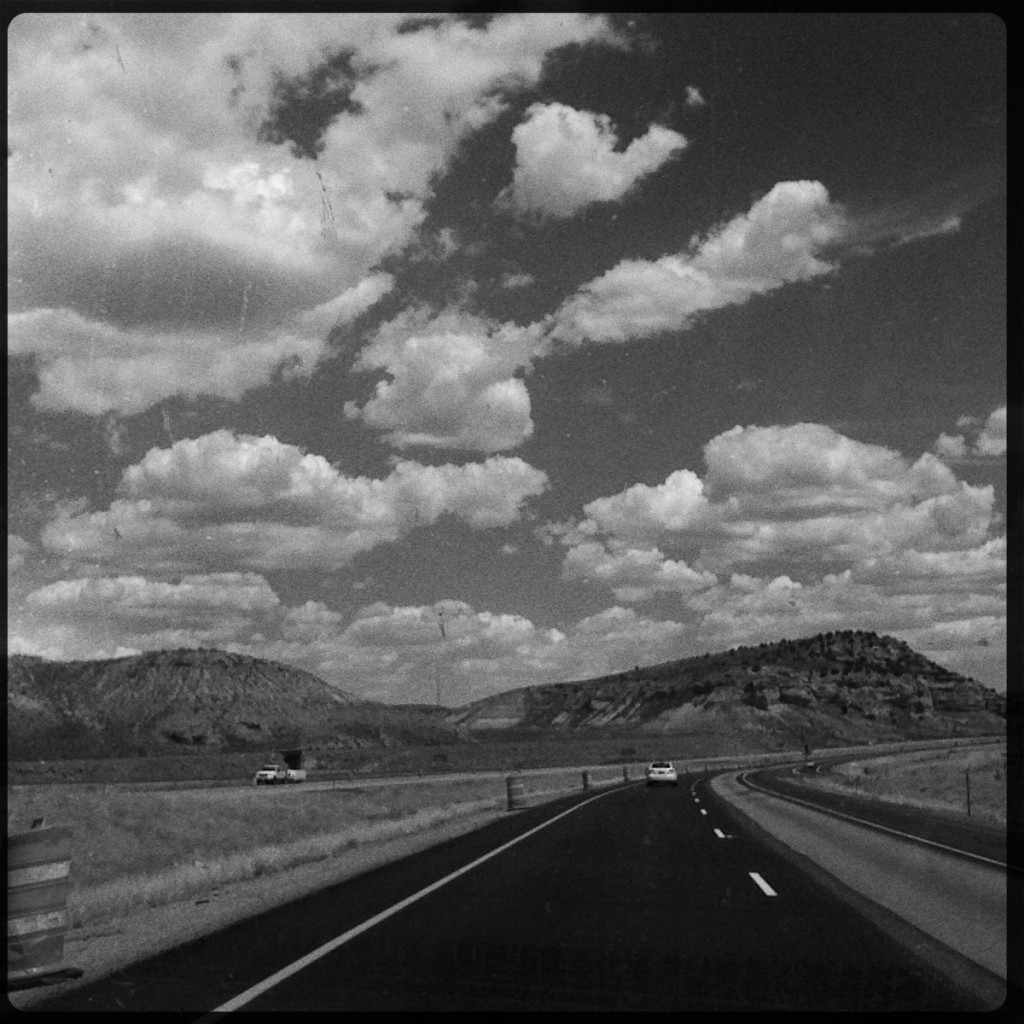
By: Grainne Rhuad
Sometime last year I announced to friends and family that I was going to undertake a grand re-location tour. It wasn’t so much that I wanted to move immediately, but more the fact that there are so many places on this North American continent I haven’t seen. I have absolutely no idea if my perfect, blissful place is here, in Northern California where I reside, and have lived since I was a teenager. I don’t even have any idea if my perfect bliss is even in the U.S. I have travelled a little bit outside of the States but only to connecting countries both in North America.
Travel isn’t cheap for Americans. I’m not really sure if it’s cheap for other countries or not, but it seems to me that more people I know in Europe and Down Under have had more opportunities to travel. The difference I think may be in that countries are by and large, smaller, so it’s easier to see more of them. Very few countries are as big as some of our states, like Texas for example.
Then there was also the fact that I wanted to see some of the places our contributing writers hailed from. It’s a lovely and strange thing to create an internet magazine based solely online and work daily with people whose life experiences are so very different from yours. I am intrigued as to what life is like in the places of our writers.
So, this summer I began. We –and by “we” I mean my support staff which consists of the people who live with me. A side note- my “support staff” rocks. They put up with my hogging the computer for the entire trip, never mind bringing the computer at all, when space is limited.
We began small. We took a 4 day trip up to Bellingham and cruised Seattle and Portland on the way down. We really didn’t have a lot of time in either of those areas, mere hours but it was a practice run for the BIG trip.
Currently I am writing from a very small hotel room in Chicago. This bigger trip has taken me two thirds of the way across the continent thus far. It was a long drive and done on the extreme cheap, which as it turns out, was the best way to see the country. We had to ask people for good places to eat and camp. As a result we collected stories and thoughts that we never would have if we had just pulled in to a motel. Most of all we found, the people in the so-called “fly over” states are genuinely friendly and happy to help strangers. It’s as if they don’t want to be the forgotten states that their “fly-over” status implies.
We camped most nights. I had always wondered what KOA campgrounds and the like are for. Growing up in California with so many national forests and really great camping spots I had always thumbed my nose at these manicured campgrounds just off the highway. On this trip I learned to appreciate them. At $7.00-$10.00 a night they are incredibly convenient and indispensible. None of the ones we came across were full and they were a welcome oasis compared to the $75.00 plus that a room would have cost for just 5 hours of sleep.
We also spent one night with a friend of a friend’s parents in Mineola Iowa, just outside of Omaha Nebraska. This little town was full of turn of the century homes and bordered a bike/walking path that ran along the Platte river. It was unexpectedly delightful and our host opened his home with such warmth and kindness it made me have hope for humans. It truly exemplified all the stories one hears about Midwesterners being welcoming and kind. It didn’t hurt at all that he is a chef and cooked us excellent zucchini/buckwheat pancakes before sending us off on the road again in the morning. The zucchini straight from his back garden and the buckwheat he explained was from a college buddy’s farm.
As we left his home which turned out to be really our best night’s sleep, I wondered if people in my own area would go out of their way to entertain folks they did not know. Most people I know would at the very least be hesitant and yet he was ready to show us the area if it was our desire. He opened up on his hobbies and his plans for vacationing himself. It was so touching and refreshing.
For the most part, seen from Interstate 80, Wyoming and Nebraska were long stretches of nothing but corn and prairie. I had read about the areas and had been told that it was flat-land, but none of that really sunk in until I saw just how incredibly flat it was. The land seemed to go on forever and ever. It was a bit disconcerting to me to not have a mountain in the background to orient myself to. It seemed so easy to get turned around in a place like that and made me wonder at people trekking across it on foot. How would one get up day after day for months at a time and keep trekking towards the exact same thing?
We stopped at Fort Bridger in Wyoming. A settlement that includes exactly none of the original buildings but rather duplicates. What we loved about Fort Bridger was the fact that it was one of the few places in Wyoming that had trees and shade. Ancient Aspens, thicker than an average human torso (which is quite big for an Aspen) were gathered in copses throughout the area. It smelled of good Aspen-y smells and buffalo grass rolled over the entire property. It was a lovely place to be and felt very good.
Also, ever since our trip to San Diego’s infamous Whaley House, where the crew captured what they like to believe is spirit orbs, they love to take random pictures of old houses. While most of these houses seemed eerily sterile of life we did capture one semi-strange picture shown below.
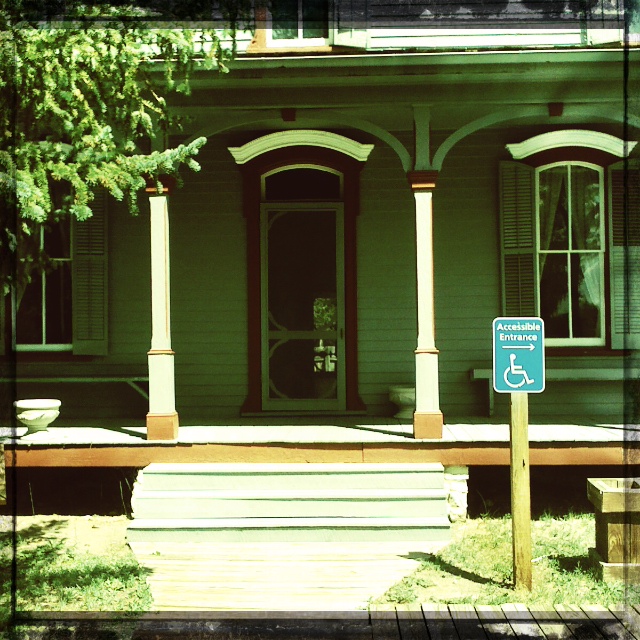
Another not to be missed stop was the home of Buffalo Bill Cody in North Platte, Nebraska. The well preserved home was as close as possible to its original state with original wallpaper samples found and replicated throughout the house. The Super Bonus was you could tour the estate free if you paid for camping in the campground near by. The total cost of which was $7.00. What an excellent bargain. While most people know about Buffalo Bill Cody, it was shocking to hear and understand that the man shot over 4000 buffalo while working for the railroad company. Supposedly the meat was to feed the workers, however way too much of it was wasted and went to rot. That sort of waste makes one sad.
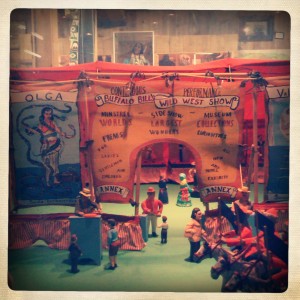
He then went on to set up a travelling western exhibition show which turned out to be largely responsible for the American excitement to move west. He and Annie Oakly, Sitting Bull and a rotating crew of showman from as far away as Turkey ignited the adventurous spirit in crowds. This show was the blueprint for what would later come to be carnivals and vaudeville, a staple in entertaining and uplifting people during our country’s Great Depression.
Another gem found in North Platte was The Pink Poodle, an amazingly authentic 50’s diner in miniature. Not at all like the chain store reproductions, this was a labor of love. The married couple who owns it have been collecting memorabilia for as long as they can remember. Everywhere you look, you will find the walls and shelves covered with pictures of 50’s icons, troll dolls and roller-skates. The food was excellent and the waitresses in poodle skirts were a fine touch. This restaurant was situated in back of another store in a residential area and could have been easy to miss. We left full of malt and burgers; the other authentic piece was the portion size, no king sized anything here, only a healthy 50’s serving size which was quite refreshing.
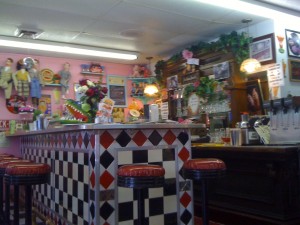
A final note about camping by the North Platte River: At first we were delighted that there seemed to be so few bugs. Even at twilight, which is when we are used to the mosquitoes waking up, we had no bugs. We celebrated our luck too soon. The minute the sun was completely down it was as if a dinner bell for mosquitoes went off, driving us into the screened tents. As I write this, I am still covered in mosquito bites.
Leaving Nebraska and Iowa behind, we entered into Illinois and immediately noticed a change…Trees! Now, I am blessed (and discovering just how blessed with every trip) to live in a place that is an arborist’s dream. John Bidwell who began settlement of our area was a tree lover and imported and planted trees quite literally from all over the planet. It is easy for me to forget that most places aren’t like this, covered by a canopy of trees.
So, I began feeling relieved and a little more comfortable as we began passing more trees. I am aware from history studies that Illinois was once a vast forested area. The president Illinois is most famous for, Abraham Lincoln lived in a forest and their family made a living by shipping lumber down the Mississippi. It’s no longer forested but there are the trees.
There is also something else I recognize from California; Urban sprawl. Unlike townships in Nebraska and Iowa, the towns in Illinois begin much further out and blend into one another much the same way as Californian towns do. It was a bit hard to tell just where Aurora ended and Chicago began.
Entering into Chicago was a bit overwhelming; emotionally so for some of the crew. Having grown up mainly in rural areas, I think nobody was prepared for the overwhelming size, of a city that lives vertically. Everything is stacked and people are everywhere. This comes as no surprise I’m sure to people who live or have lived in cities, but our group was a bit overtaken by the magnitude. Nobody liked finding grocery stores on second floors. And, we certainly didn’t like paying to park the car by the day. ($38.00/day and as we walked around we found that was on the cheaper end.)
However, as we began to acclimate to the rush and magnitude of the city, we began finding our way around and got excited for all the things available to do. Here there was art, food and culture from around the world and beaches bordering a great lake!
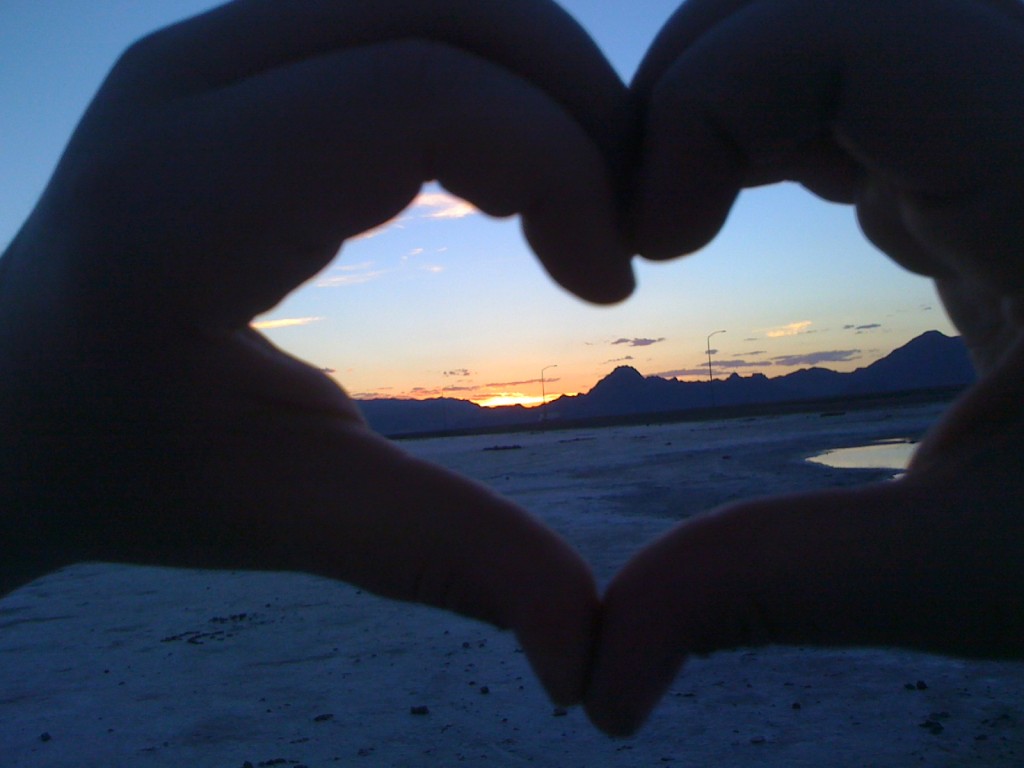
The next installment will include: Mobsters, Ghosts, and the spirits of living and half living people in Chicago.

Love your travel logs. Too bad the midwest doesn’t produce more diversity in crops. Corn and soy bean may kill off our country yet. Eagerly awaiting the next installment.
I love the way you see things and appreciate “life” ….
Hey, is that a ghost in the window of the Fort Bridger photo? That was intriguing!
You didn’t say much about Seattle, which disappointed me a little as it’s one of my favorite places. I don’t like the crazy, break neck driving, but the Seattle port is gorgeous, and Fisherman’s Wharf is both entertaining and stocked with some really good food.
I’m glad to hear heartland America still has heart. It’s been a long time since i’ve been there, but i still reflect fondly on the friendliness of the people in areas like Wyoming, Iowa, Kansas and Ohio. Hitting the plains states did bother me. I like my trees as well, not to mention rugged mountains and the steady, familiar smell of ocean breezes. Still the flat land made up for its plain features with warm upstanding citizens.
Great article; very well written and i hope to hear much more, although privately i’d say the most beautiful areas of the United States are the coastal region from Washington to Northern California as well as the mountain regions of Colorado. Oh, and i also love the KOA campgrounds. They are a fabulous bargain.
@Karlsie, yes, it is a weird anomaly in the window. Whether it’s a ghost I couldn’t say. I felt the house was pretty clear. In fact in my whole trip there was only one place that I felt there was anything hanging about and that wasn’t even promoted as a haunted spot-but I’ll tell that story later.
I didn’t say much about Seattle because in truth, I was only there a couple of hours this trip. We made a stop at the Market and the wharf which was fun of course and we found an amazing little Polish shop full of crockery and fabric. I too love that city, it seems…well fuller. Fuller of stories and character and then, also it’s not as packed tight as eastern cities. The ocean helps too.
Portland I have to say, I didn’t vibe with. I don’t know quite why.
[…] This summer I took an (almost) transcontinental road trip from Northern California to Chicago and back. I have already written about all of that but you can find the first installment HERE. […]